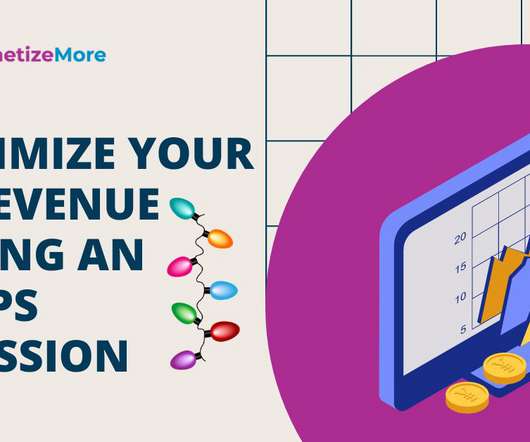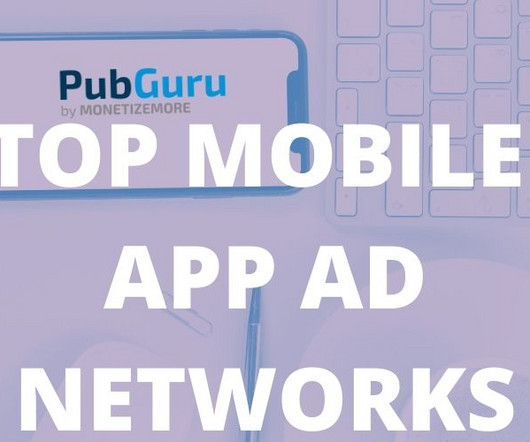Maximize your Q4 revenue during an AdOps Recession [10 Best Ways]
Monetize More
OCTOBER 4, 2022
Segmenting your users on the basis of device, geography, gender, and more will help you find patterns in your data that can be used to maximize your ad revenue. Using segmented data, publishers can sell ad units through direct deals to advertisers and provide data for better ad targeting.











Let's personalize your content